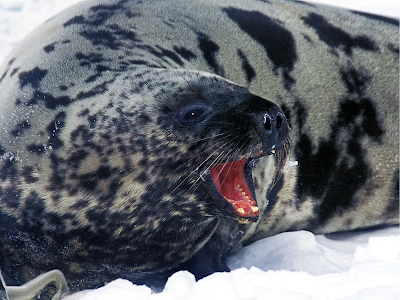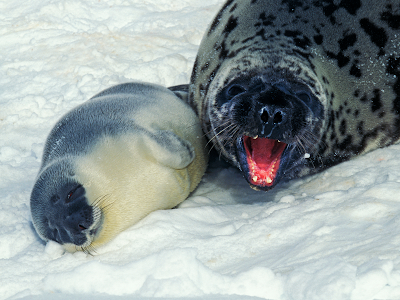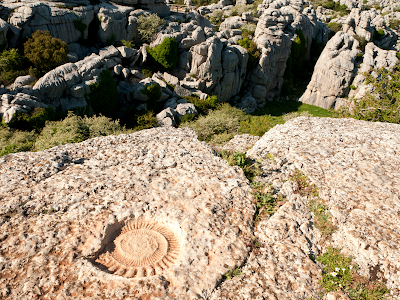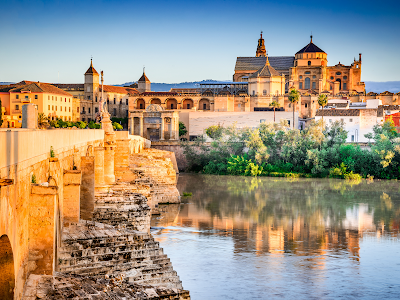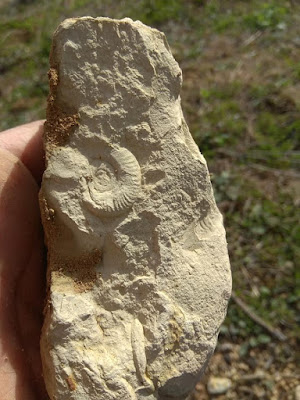Some dipped a toe or two into freshwater ponds, but make no mistake, they were terrestrial. Each of these animals had ancestors that tried out the sea and decided to stay. They evolved and employed a variety of adaptations to meet their new saltwater challenges. Some adapted legs as fins, others became more streamlined, and still, others developed specialized organs to extract dissolved oxygen from the water through their skin or gills. The permutations are endless.
Returning to the sea comes with a whole host of benefits but some serious challenges as well. Life at sea is very different from life on land. Water is denser than air, impacting how an animal moves, sees and hears. More importantly, it impacts an air-breathing animal's movement on a pretty frequent basis. If you need air and haven't evolved gills, you need to surface frequently. Keeping your body temperature at a homeostatic level is also a challenge as water conducts heat much better than air. Even with all of these challenges, the lure of additional food sources and freedom of movement kept those who tried the sea in the sea and they evolved accordingly.
Most major animal groups appear for the first time in the fossil record half a billion years ago. We call this flourishing of species the Cambrian Explosion. While this was a hugely intense period of species radiation, the evolutionary origins of animals are likely to be significantly older. About 700 million years ago the Earth was covered in ice and snow. This was an ice age so intense we refer to this time in our ancient history as Snowball Earth. Once that ice receded, it exposed rocks that contained a variety of weird and wonderful fossils that speak to ancient animals that are only now being studied.
Dr Frankie Dunn, a palaeontologist and an Early Career Research Fellow at the Oxford University Museum of Natural History and Merton College is one of the folks who are examining this early history of some of our first animals. Her research focuses on the origin and early evolution of animals and particularly on the fossil record of the late Ediacaran Period (570 – 540 million years ago). Dr Dunn's research is exploring ancient species like the long-extinct Rangeomorpha to help understand how animal body plans evolved in deep time well before the divergence of the extant (living) animal lineages.
Andy Temple (bless him) sent me a link for an online talk Dr Dunn is giving, The Chronicles of Charnia, Wed, June 17th at 7PM. She's based in Oxford so adjust your timezone accordingly. The talk is free but booking is required. Here's the link: https://event.webinarjam.com/
This is an interesting article from Alicia Ault writing for the Smithsonian who interviewed Nick Pysenson and Neil Kelley about some of their research that touches on this area. They published a paper on it in the journal Science. Here's the link: https://science.sciencemag.org/content/348/6232/aaa3716
And Ault's work is definitely worth a read: https://www.smithsonianmag.com/smithsonian-institution/take-deep-dive-reasons-land-animals-moved-seas-180955007/




